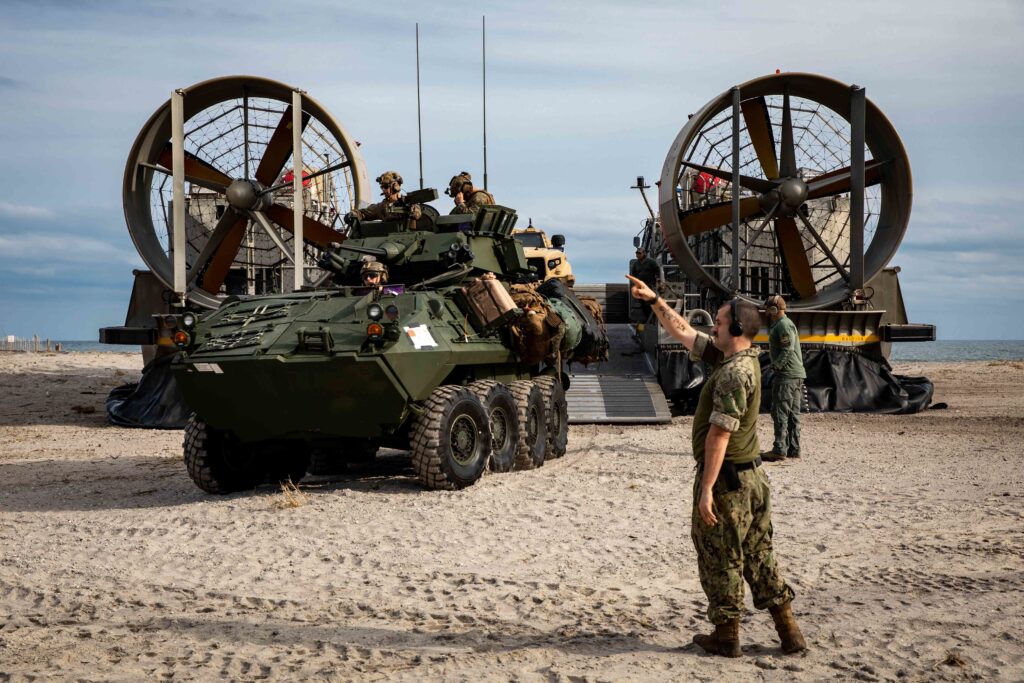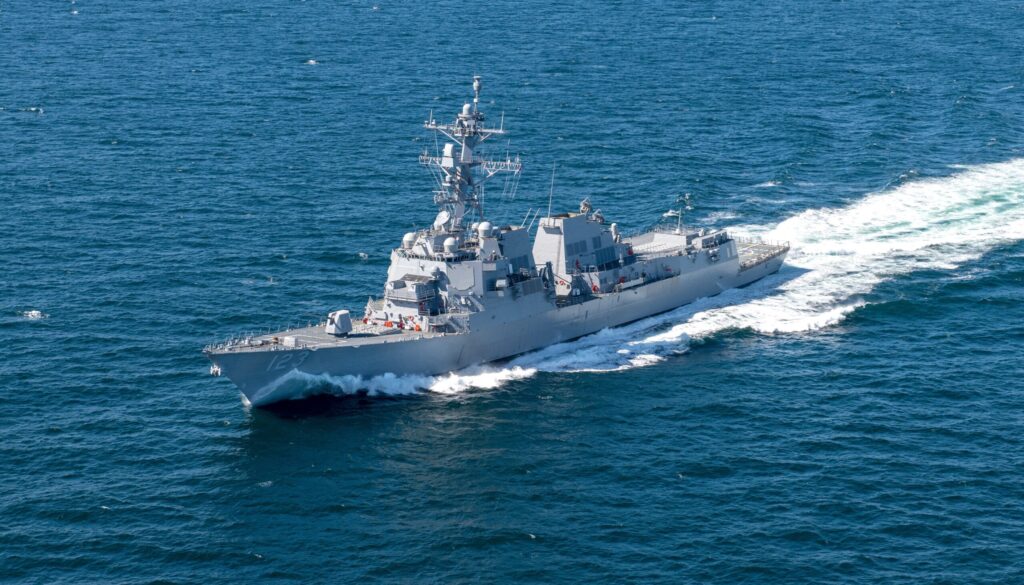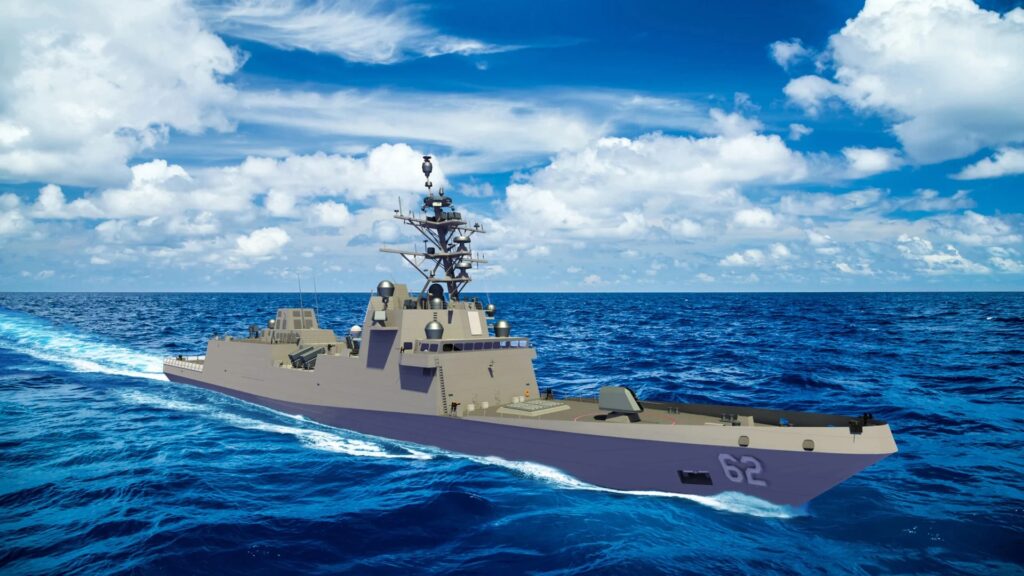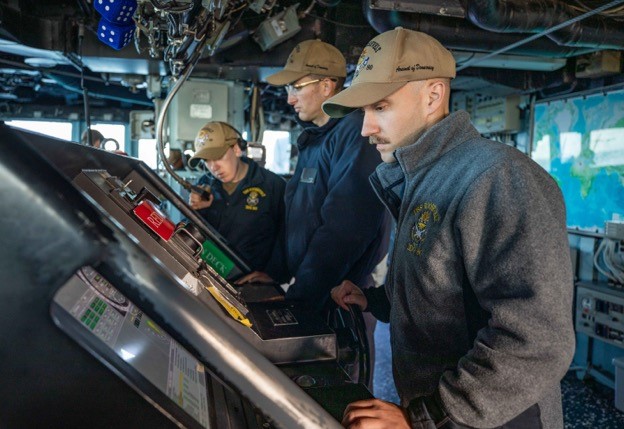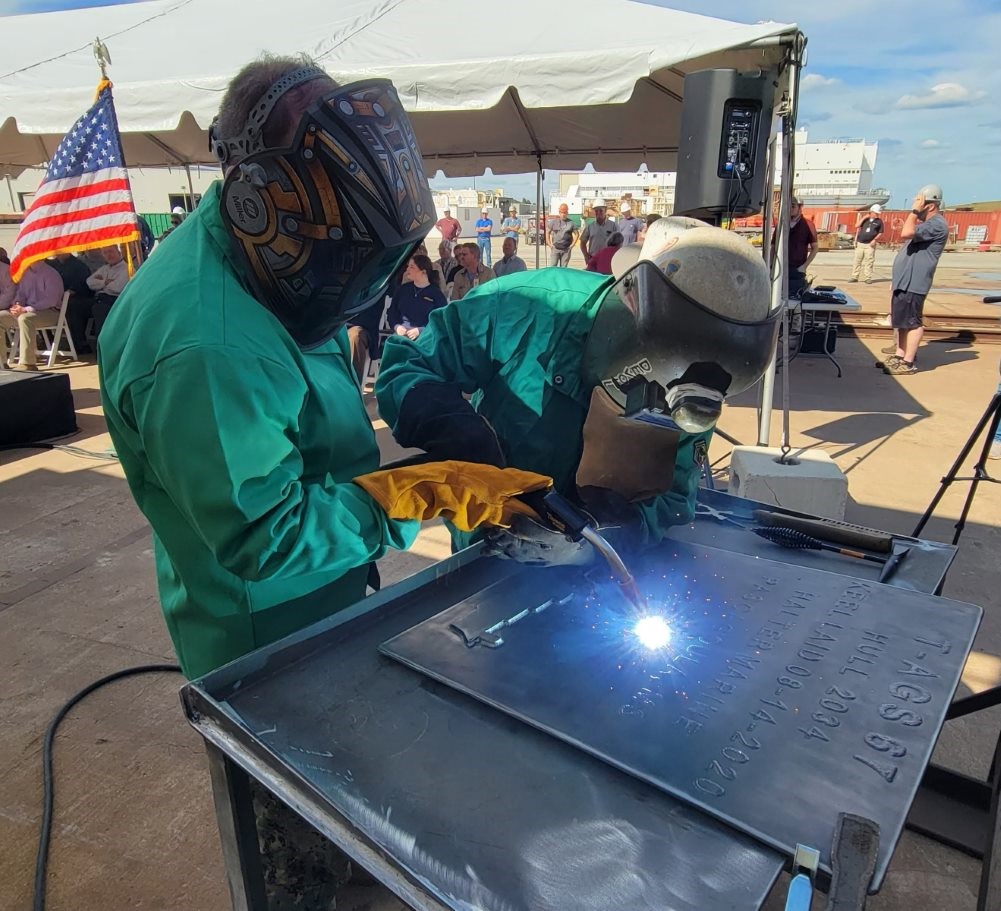Ameresco, Bright Canyon Energy Host Groundbreaking Ceremony for Kūpono Solar at Joint Base Pearl Harbor-Hickam
FRAMINGHAM, Mass., PHOENIX, Ariz. and HONOLULU, Hawaii — Ameresco, Inc., a leading clean technology integrator specializing in energy efficiency and renewable energy, and Bright Canyon Energy, a leading developer of energy infrastructure, hosted a groundbreaking and blessing ceremony for the Kūpono Solar Project on Friday, October 7, 2022, Ameresco said in a release.
This combined solar and battery storage system will be built at the Joint Base Pearl Harbor-Hickam West Loch Annex in Hawai‘i. Once operational, the project is designed to deliver 42 megawatts (MW) of clean, renewable energy to Hawaiian Electric’s (HECO) grid on the island of O‘ahu. Attendees at the event heard from U.S. Senator Mazie Hirono, Lt. Governor Josh Green, and Meredith Berger, Assistant Secretary of the U.S. Navy for Energy, Installations, and Environment.
Using approximately 131 acres of Federal land, the Kūpono Solar Project will feature the installation of a 42-MW photovoltaic solar array and 42 MW/168 MWh (four-hour duration) of lithium-ion battery storage system. The batteries are designed to store solar energy beyond sunset hours, enabling the project to deliver sustainable, renewable energy to power approximately 10,000 homes on O‘ahu. Additionally, once fully operational, the project is expected to reduce more than 50,000 tons of carbon dioxide annually from Hawai‘i’s environment, which is the equivalent to offsetting emissions from 12,000 cars annually.
“Today, we are taking significant strides to strengthen our state’s energy security and resilience, and thanks to the ‘Ewa community, Navy, Hawaiian Electric, Ameresco and Bright Canyon Energy, we are now steps closer to reaching Hawai‘i’s renewable energy vision of achieving 100% clean energy by 2045,” said Lt. Governor Josh Green. “Kūpono Solar is a landmark initiative for us that will not only benefit our state’s economy but will also bolster our sustainability efforts and local communities through stable, affordable energy, innovative technology and job creation.”
Ameresco and Bright Canyon Energy established a joint venture in 2021 known as Kūpono Solar Development Company, LLC to advance the Kūpono Solar Project, which is the first project of the joint venture. In support of the Department of Defense’s long-term energy security initiative to increase clean energy reliability and military capabilities, and the state’s goals of renewable energy and decarbonization, Kūpono Solar has a 37-year land lease agreement with the Navy to provide critical energy resiliency upgrades for O’ahu.
“The Department of the Navy is proud to partner with the Kūpono Solar team and Hawaiian Electric as we enhance mission and community resilience and move purposefully towards Hawaii and Navy’s energy goals,” said Meredith Berger, Assistant Secretary of the Navy for Energy, Installations and Environment. “This is a great example of climate action, building access to clean, reliable energy sources inside and outside the fenceline.”
Kūpono Solar will own and operate this solar and battery project under a 20-year power purchase agreement with Hawaiian Electric. The project will benefit the state’s long-term clean energy transition plan while setting the foundation for Ameresco and Bright Canyon Energy to bring a diversified portfolio of clean energy solutions to Hawai‘i in the future.
“The start of this project comes at a time when the need for consistent energy security and independence is at an all-time high,” said Nicole Bulgarino, Executive Vice President and General Manager of Federal Solutions, Ameresco. “The solar and battery storage solutions that are being implemented will deliver clean, renewable energy to the grid and benefit businesses and residents across Hawai‘i.”
“Through our strategic relationships with the Navy, Hawaiian Electric and the community, we are able to leverage clean technology and infrastructure upgrades to help the state of Hawai‘i reach its renewable energy goals and the Navy achieve its climate and energy resiliency objectives,” said Jason Smith, General Manager, Bright Canyon Energy. “It’s energizing to work with a group of partners committed to bringing this key energy infrastructure to O‘ahu and its residents.”
Construction on the Kūpono Solar Project is expected to be completed in early 2024.
